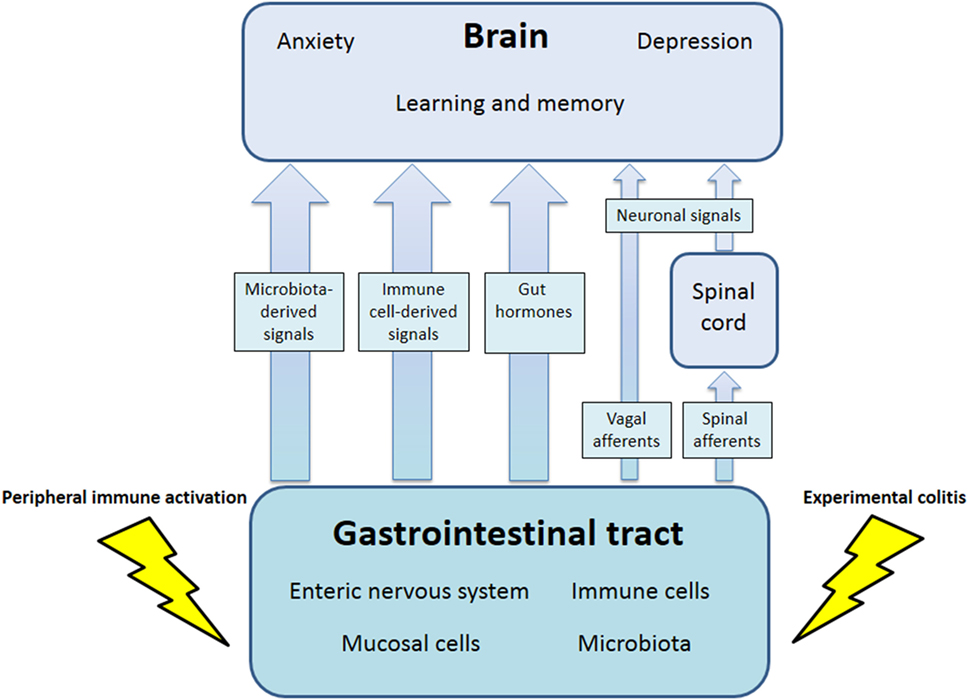
Why Certain Mammals Have Longer Lifespans: Genetic and Evolutionary Insights
Have you ever considered why your feline friend might enjoy a lifespan of 20 years, while a dog of comparable size might only make it to 12? Or how come dolphins and whales—despite their large stature and active lifestyles—can live for decades, even surpassing a century in certain instances? A pioneering study published in Scientific Reports offers fresh insights into these mysteries of lifespan, uncovering that genetics—especially expansions in immune system genes—could be a vital factor in determining the longevity of various mammals.
An international team, spearheaded by scientists from the University of Bath, scrutinized the genomes of 46 different mammal species. The findings indicated that mammals with longer maximum lifespans exhibit unique genomic traits: particularly, variations in gene families associated with the immune system. This research has significant implications for our comprehension of why certain animals enjoy extended lifespans and what it implies for human aging and longevity.
Evolutionary Characteristics Associated with Extended Lifespan
Historically, differences in lifespan among mammals have largely been linked to observable traits such as body size, metabolic rates, and reproductive habits. This seems logical: elephants outlive mice. However, this recent research focuses on hidden elements—the genetic makeup that underpins longevity.
By analyzing these 46 species, the researchers accounted for body size, gestation duration, and the age at which species reach sexual maturity—factors typically linked to lifespan. Even after considering these elements, they identified consistent patterns of immune system gene expansions in species known for their longevity.
Genes related to the immune system, particularly those tasked with pathogen detection, initiating adaptive immune responses, and repairing cellular damage, were found to be significantly more prevalent in long-lived mammals. Essentially, these creatures have evolved superior immune responses, which may assist them in evading or mitigating diseases, managing inflammation, and safeguarding against age-associated deterioration.
The Connection Between Brain Size and Longevity
A further aspect of the study revolves around brain size—specifically, the relationship between brain size and body mass, known as the encephalization quotient. For years, researchers have observed that mammals with larger brains often enjoy longer lives, and this correlation remains valid.
“Larger brains appear to confer advantages for long-term survival, likely due to enhanced learning, adaptability to environments, and social collaboration,” commented Dr. Benjamin Padilla-Morales, the primary author of the study from the Milner Centre for Evolution at the University of Bath.
Yet, certain species with smaller brains defy this pattern. Consider bats and naked mole rats—two species that outlive what their brain size would suggest. These animals also displayed expansions in immune-related gene families, indicating that their longevity may be driven more by biological fortitude at the genetic level rather than cognitive capabilities.
What Lies Within These Genes?
Many of the gene families found to be expanded in long-lived species are involved in:
– Defense mechanisms (core immunity against harmful bacteria and viruses)
– Adaptive immune functions (targeting specific threats)
– Antigen recognition and processing (identifying harmful intruders)
– Regulation of the inflammatory response (mitigating chronic harm from prolonged inflammation)
– DNA repair (crucial for cellular health and thwarting cancer)
A significant discovery is that it is not merely individual genes that matter; the entire gene families are at play. These families expand through duplication events, where an ancestral gene is copied multiple times, and these replicas can evolve to fulfill slightly different or enhanced roles. Picture this as a biological upgrade, where duplicate genes provide additional protection over an extended lifespan.
The Necessity of Strong Immune Systems for Longer Lives
From an evolutionary standpoint, species that enjoy longer lives must guard against cellular damage and diseases for an extended period. In short-lived species, the body does not need to sustain itself beyond a few years of reproduction. In contrast, long-lived animals require improved immune surveillance to ensure prolonged survival—and this is reflected directly in their genetic makeup.
The prevalence of expanded immune-related and DNA-repair gene families in long-lived species suggests a profound connection between immune resilience and extended lifespan. Species boasting more copies of these essential genes may be better equipped to contend with infections, lower cancer risks, and repair internal biological damage throughout their later years.
Implications for Human Health
Although this study examined a broad spectrum of mammals—from rodents and primates to marine species—it holds particular significance for human health. Humans are already amongst the longest-living mammals, and we share many of the enriched gene families recognized in long-lived species.
These outcomes align with a longstanding hypothesis among aging researchers: that immune response and DNA repair play substantial roles in the aging process. As immune function declines with age, humans become more vulnerable to infections, chronic inflammation, and cancer. By pinpointing the genes that contribute most significantly to longevity in other species, scientists could eventually devise therapies that emulate or amplify these functions in humans.
One prospective avenue for future inquiry? Cancer resistance. The same immune gene families that aid animals in living longer could also assist in preventing or suppressing tumors. The research team is now gearing up to delve deeper into the genes related to cancer, which could further associate prolonged lifespan with disease resistance.